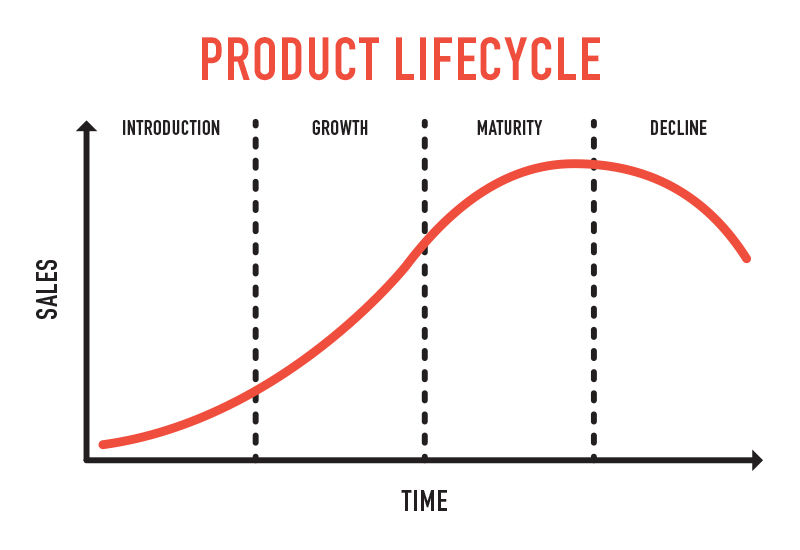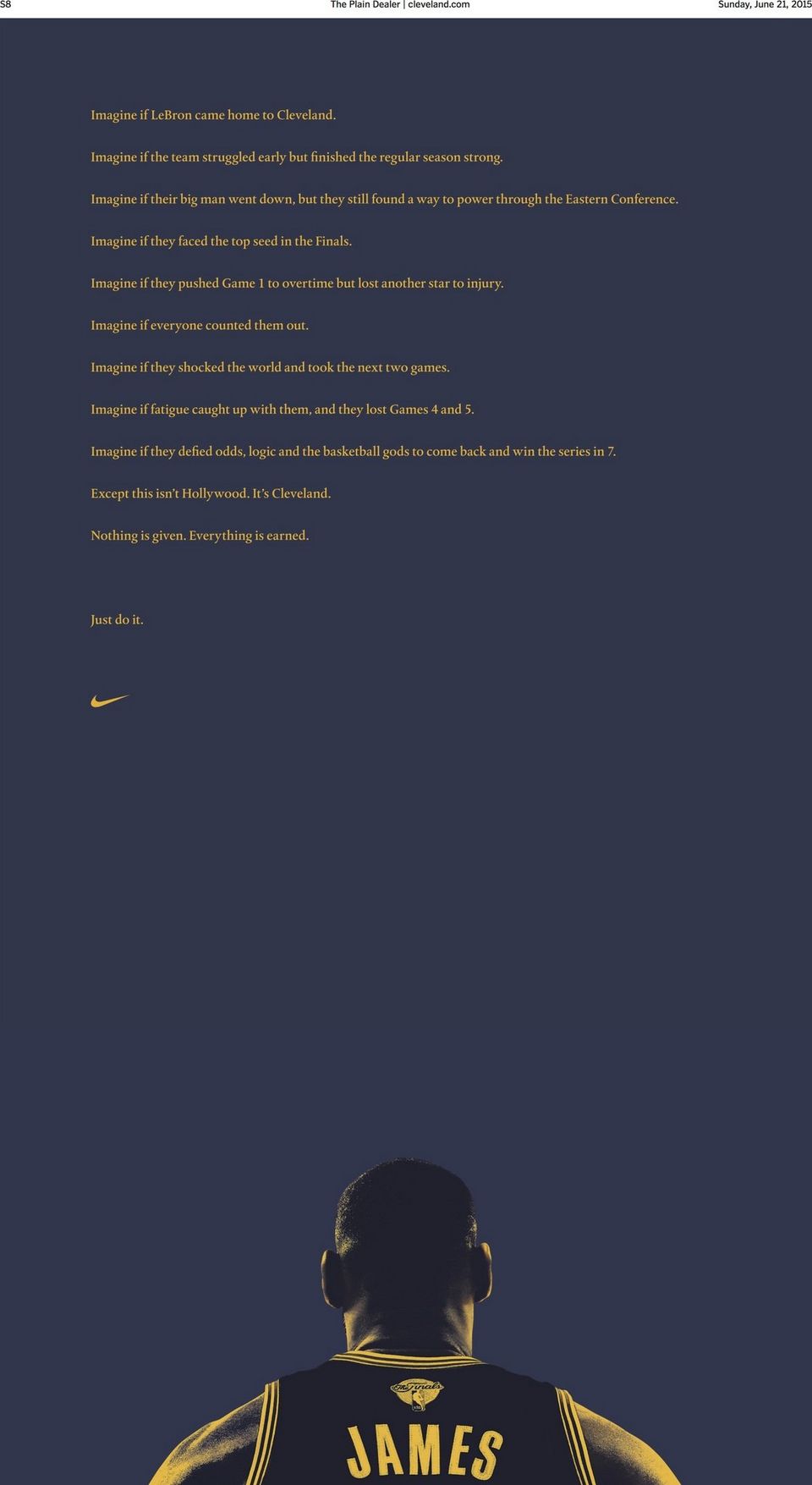When we think about work culture and environment, we allude to a spectrum of physical spaces ranging from fluorescent-lit cubicle containers to spacey, renovated warehouses with concrete floors and ill-placed lamps. But office aesthetics are but a crumb of the entire company culture cake.
Most of us spend the majority of our lives at the office. Sometimes we seem to forget that. There, we succeed gloriously and fail miserably—bask in contentment and writhe in resentment. Whether we love or loathe our jobs, workplace culture plays a major role.
In fact, the best employers in the U.S. say their greatest tool is culture. The attached article from Fortune notes three major trends.
First, because the “best employer” surveyors have used the same methodology and judging criteria for twenty some odd years, they determined that the best workplaces are getting even better—which sounds super arbitrary, but bear with me. The average amount of training for managers and professionals has increased 80% from 1998. Additionally, data from the surveyors’ Trust Index (which is exactly what it sounds like) indicates that the “happiest employees” are happier and more loyal than ever.
Second, business leaders use culture as a competitive tool in order to mutually benefit the company and its employees. So happier employees make a company more lucrative? Who woulda thunk it? It certainly makes sense. If an employee feels that he or she is under appreciated, merely spinning wheels, or worse, both—he or she may produce work of lower quality.
Third, the best workplaces have leaders who listen to their employees and implement distinctive programs that are relevant to the modern business world. Certain programs alone can instill a sense of culture. Whether it’s an intricate workshop or a simple office ritual like, oh, I don’t know, having a beer or two together at the end of each week. That’s what we do here at G/L, and let me tell you, I’m feeling the culture.
Sometimes it’s as simple as sharing an understanding of the basis of work done in the office. Why do you do what you do? What’s the purpose of your work? These questions are often overlooked in the corporate world. Routine slays passion, and without passion, brands become stale.
We’ve quoted Simon Sinek countless times: “People don’t buy what you do, they buy why you do it.” Want to hear more about how we maintain our workplace culture? Give us a call—or better yet, stop by Friday around 4pm. We’ll tell you all about it.
WIN A FREE WHY BOOK
Regardless, if you fill out the form below, you’ll be entered to win a copy of Simon Sinek’s book Start with Why: How Great Leaders Inspire Everyone to Take Action.
[gl-hs-form form_id=’d6fdfd54-f1ca-45ed-9aa4-1934fbba4cfa’]


